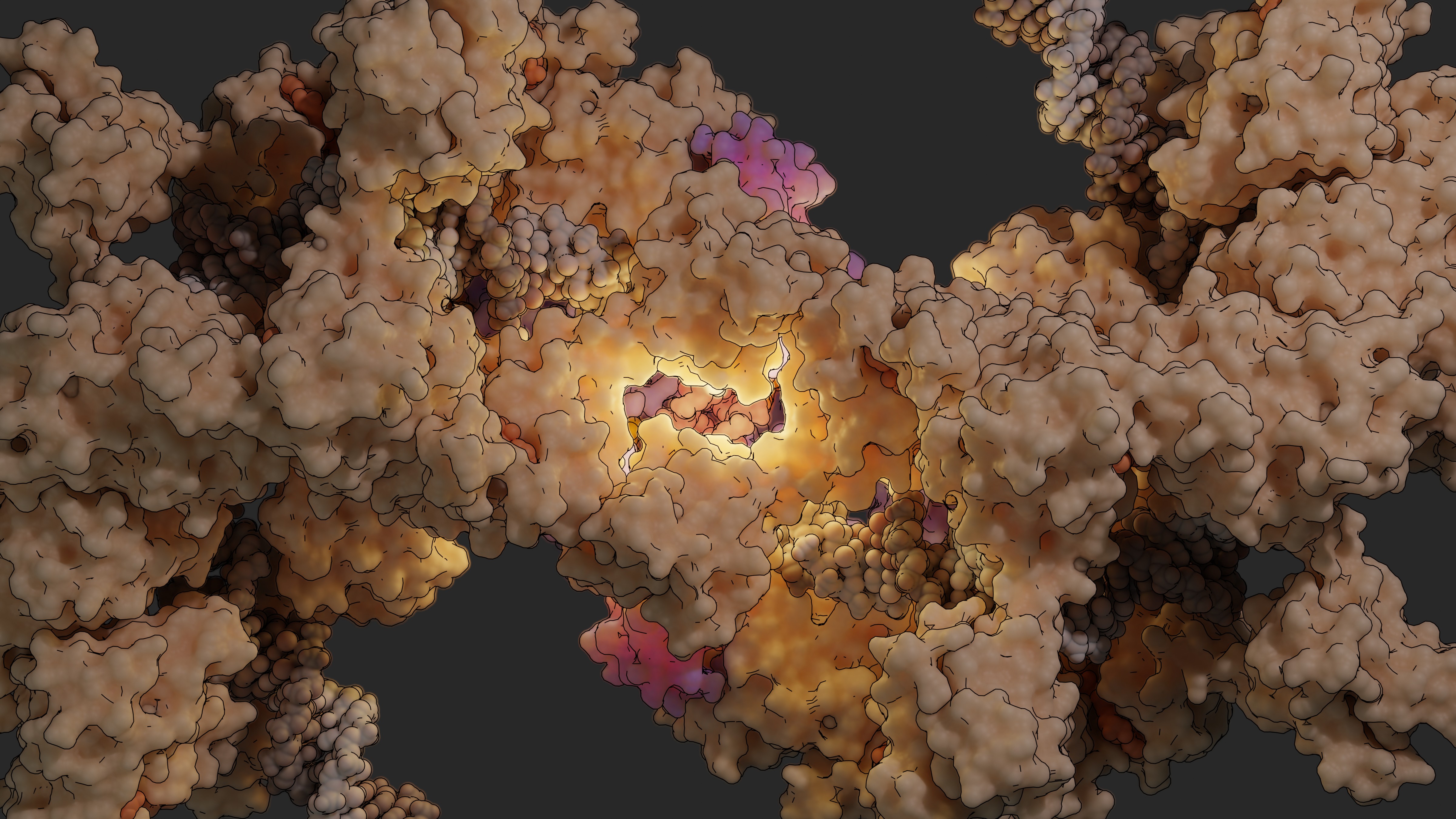
In a recent work published in Nature, a team of scientists from the Centro de Investigaciones Biológicas Margarita Salas (CSIC) led by Ernesto Arias has made a significant breakthrough in understanding the molecular basis of transposase activation. The study, conducted in collaboration with Johns Hopkins University, focused on the IS21 transposase system and shed light on the crucial role of a dedicated AAA+ ATPase in regulating DNA transposition.
Transposases are enzymes that drive chromosomal rearrangements and facilitate the spread of drug-resistant genes and toxins, pivotal in genome evolution and diversity. In humans, where it is estimated that around 50% of the genome is composed of transposons or sequences derived from them, they have been associated with various processes, such as neuronal plasticity and diseases like schizophrenia or cancer. Additionally, transposons are widely used as biotechnological tools and show great potential in genetic editing applications.
How transposases are regulated has been a longstanding question. The activity of these enzymes must be tightly controlled to prevent DNA breaks and lethal genome rearrangements. Transposase action is frequently regulated by proteins present in the host cell or, in some cases, specific factors encoded in the transposon.
Using advanced techniques such as cryo-electron microscopy, combined with biochemical and functional assays, the researchers demonstrated that a protein belonging to the AAA+ ATPase superfamily, called IstB, forms a large complex to bind and maintain the target DNA in a highly specific configuration. "This structure is essential for engaging the transposase to the insertion site," indicates Álvaro de la Gándara, the first author of the article. "The interaction between the two proteins also induces a significant conformational change in the transposase, triggering its activation and promoting the transposition reaction." These findings offer new insights into how AAA+ ATPase regulators, like those found in Tn7, Mu, and CRISPR systems, control DNA remodeling and transposase activation.
"Our findings provide a detailed view of how transposases are regulated, which has been a longstanding question in the field," said Ernesto Arias, coauthor of this work. "This study not only enhances our fundamental understanding of DNA transposition but also opens up new avenues for research and application in biotechnology and biomedicine."
This research, with broad implications for better understanding phenomena such as the generation of genomic instability or the spread of antibiotic resistance, underscores the importance of studying the molecular mechanisms involved in controlling essential cellular functions.
Reference: Molecular basis for transposase activation by a dedicated AAA+ ATPase. Álvaro de la Gándara, Mercedes Spínola-Amilibia, Lidia Araújo-Bazán, Rafael Núñez-Ramírez, James M. Berger, Ernesto Arias-Palomo (2024) Nature. DOI: 10.1038/s41586-024-07550-6.

